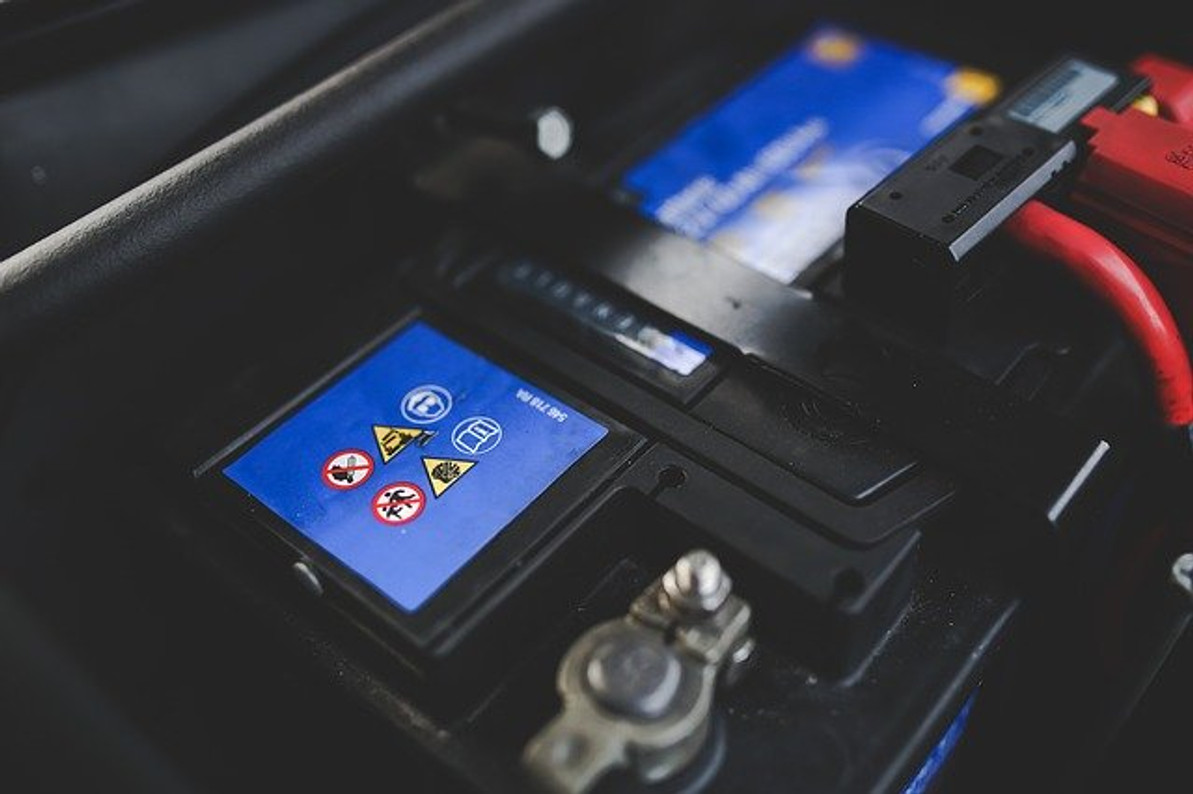How to Safely Jump-Start Your Vehicle
Regardless of what type of vehicle you drive, it probably has a battery. Automotive batteries are designed to power a vehicle's electrical systems, including its ignition. No automotive battery lasts forever, though. Research shows that most of them only last for about three or four years. You can get back on the road if your vehicle's battery fails by jump-starting it. Below a guide to safely jump-start your vehicle while minimizing the risk of injury.
Pull Over to a Safe Space
You'll need to pull your vehicle over to a safe space where it's out of the way of passing motorists. The other vehicle also needs to pull over to this space, and it must be positioned in front of your vehicle where you can connect both batteries together with jumper cables.
Turn Off Ignitions
The ignitions should be turned off in both your vehicle as well as the other vehicle. Contrary to popular belief, you don't need to leave the other vehicle running when jump-starting your vehicle. If the ignition is turned on, it may send an excessive amount of electricity to your vehicle's dead battery. Therefore, both vehicles should be put in park with their respective ignition turned off.
Connect Positive Cable
When you're ready to jump-start your vehicle, connect one end of the positive jumper cable to your vehicle's dead battery and the other end to the other vehicle's good battery. The positive cable, of course, should be connected to the positive terminals on both batteries.
Connect Negative Cable
After connecting the positive jumper cable, you can proceed to connect the negative jumper cable. Start by connecting one end of the negative jumper cable to the other vehicle's good battery. Next, connect the opposite end of the negative jumper cable to a metal part of your vehicle's chassis. You don't need to connect it to your vehicle's bad battery. The negative cable is used for grounding purposes, so you should connect it to a metal part of your vehicle's chassis for proper grounding.
Start the Other Vehicle
With the jumper cables properly connected, you can start the other vehicle so that it will transfer electricity to your vehicle's bad battery. It shouldn't take long. Rather, the other vehicle should provide enough electricity to start your vehicle in just a few minutes.
Start Your Vehicle
The final step is to start your vehicle. Assuming the jumper cables have been connected for at least three or so minutes, your vehicle should start when you turn the ignition. You can then remove the jumper cables and get back on the road.
Recent Posts
-
Fire Safety in the Workplace: What You Need to Know
What steps are you taking to prevent fires in your workplace? According to the U.S. Occupational Saf …Aug 23rd 2023 -
Is It Safe to Go Jogging With a Cold Infection?
If you're suffering from a cold infection, you might be wondering whether it's safe to go jogging. T …Aug 22nd 2023 -
5 Safety Tips to Follow When Using a Powder-Actuated Tool
Powder-actuated tools are commonly used to join materials to steel and concrete. Also known as Hilti …Aug 20th 2023




